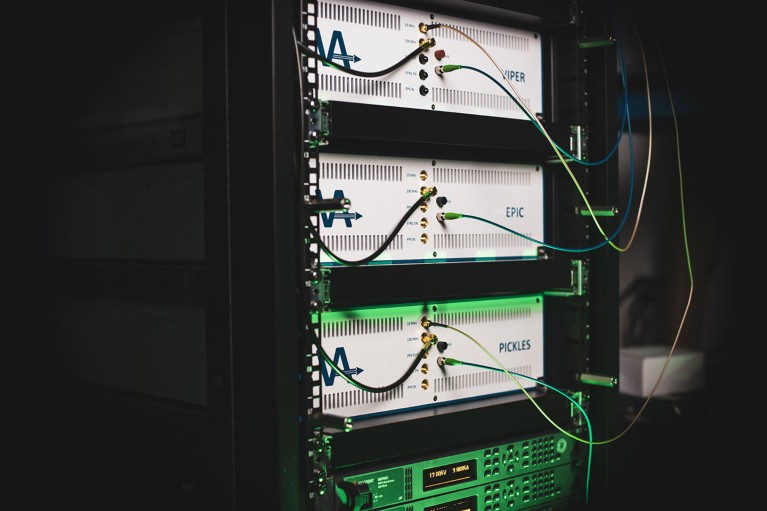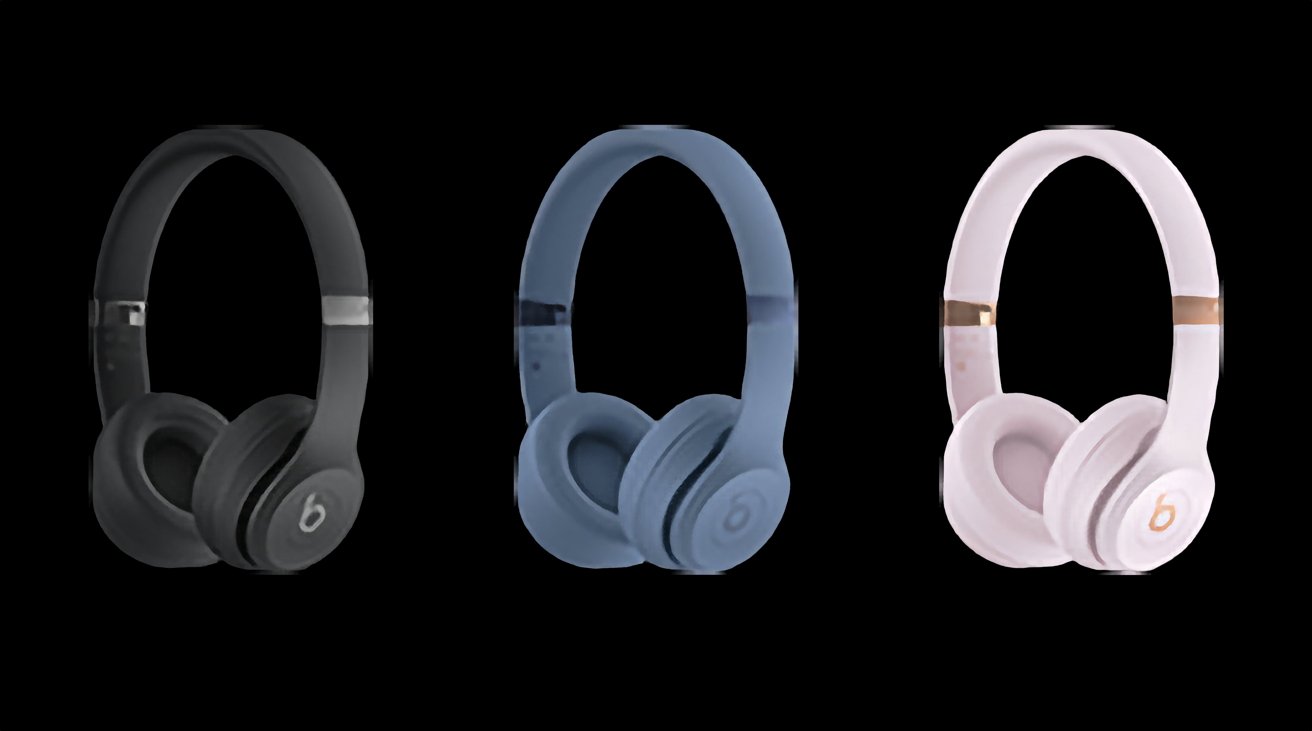[ad_1]

An atomic clock that keeps time with the help of iodine molecules is sturdy enough to withstand a sea voyage.Credit: Will Lunden
Atomic clocks are usually either ultra-precise or sturdy, but not both. Now, scientists have created a precise clock that, when put through its paces aboard a naval ship, wavered by only 300-trillionths of a second per day.
Such a precise but portable clock could be used to improve research that requires precise timing in the field, including mapping Earth’s gravitational field and using multiple telescopes to image black holes.
The clock, which was detailed in a paper in Nature on 24 April1, could also provide a “vital fallback solution” if signals from global navigation systems are spoofed or jammed in conflict zones, says Tetsuya Ido, director of the Space-Time Standards Laboratory at the Radio Research Institute in Tokyo.
“I’m impressed,” says Elizabeth Donley, who heads the time and frequency division at the US National Institute of Standards and Technology in Boulder, Colorado. “We’re excited to get our hands on it.”
Atomic tick-tock
The ‘tick’ of the world’s best clocks is pegged to the frequency of the radiation that atoms absorb and emit as they oscillate between energy states. Clocks based on atoms of caesium and other elements that emit radiation at a microwave frequency have been used for decades. Some are portable and are sold commercially.
How climate change is affecting global timekeeping
Scientists have also developed clocks that use other elements, such as strontium, that emit at higher frequencies — visible light — to slice time even more finely. But these ‘optical’ clocks are usually the size of dining tables and operate well only under laboratory-controlled conditions.
Vector Atomic, an engineering firm based in Pleasanton, California, has created an optical clock that weighs only 26 kilograms and, including all its housing, takes up about the size of three shoe boxes. Although the firm’s clock is inferior to the best lab-based optical timekeepers, its precision is 1,000 times better than that of the similar sized clocks that ships currently use, says company co-founder Jamil Abo-Shaeer, a co-author of the study.
The team tested its system by placing three of the clocks aboard the Royal New Zealand Navy ship HMNZS Aotearoa during a three-week trip around the Hawaiian Islands. Despite the ship’s vibrations and rolling, the clocks performed almost as well as they had in the laboratory. They were notably stable, keeping time to within 300-trillionths of a second over a day.
Donley says this stability is similar to that of a hydrogen maser clock — a reliable kind of microwave atomic clock that is the workhorse for international timekeeping. But the clock is much more robust and around one tenth of the volume.
Fly me to the Moon
The clock’s robustness comes in part from its use of iodine molecules, which can be made to oscillate using compact and durable lasers of the type commonly used in labs. The molecules are also less sensitive than some atoms to temperature fluctuations, magnetic fields and pressure, says physicist Martin Boyd, a co-founder of Vector Atomic and co-author of the paper.
If the team can shrink the clock further, future models could fly aboard global navigation satellites, improving positioning resolution from metres to centimetres, adds Abo-Shaeer. They could even be the clocks that end up defining lunar time, he says.
[ad_2]
Source Article Link





